13 Easy-to-Care-For Bonsai Trees Perfect for New Collectors
Bonsai trees have become a popular hobby for many people looking to add a bit of tranquility to their surroundings. They are not only beautiful but also provide an opportunity for personal growth and patience. For beginners, choosing the right type of bonsai is essential for success. There are many species that are perfect for those new to this art form, making it easier to get started. Let’s explore these great bonsai tree options for beginners.
This post may contain affiliate links, which helps keep this content free. Please read our disclosure for more info.
Ficus Bonsai
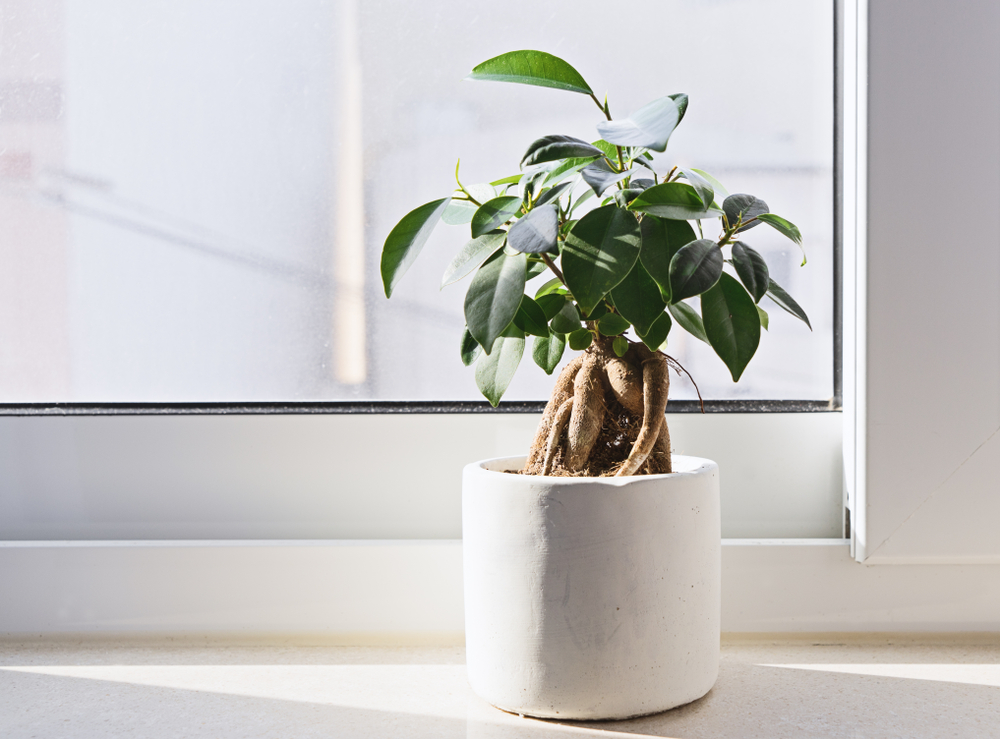
Ficus Bonsai trees are perfect for beginners due to their hardiness and adaptability to various environments. They are very forgiving when it comes to care, thriving in a wide range of conditions. Ficus trees can grow up to 12 to 36 inches in height, depending on how they are pruned and maintained. These bonsai require regular watering and indirect light to thrive, and they benefit from occasional trimming to keep their shape.
To care for a Ficus Bonsai, make sure to place it in a location with consistent warmth and humidity. Water the tree when the top layer of soil feels dry, but avoid overwatering. Ficus trees are relatively pest-resistant, making them an easy choice for beginners. Regular pruning helps maintain its shape and encourages new growth.
Juniper Bonsai
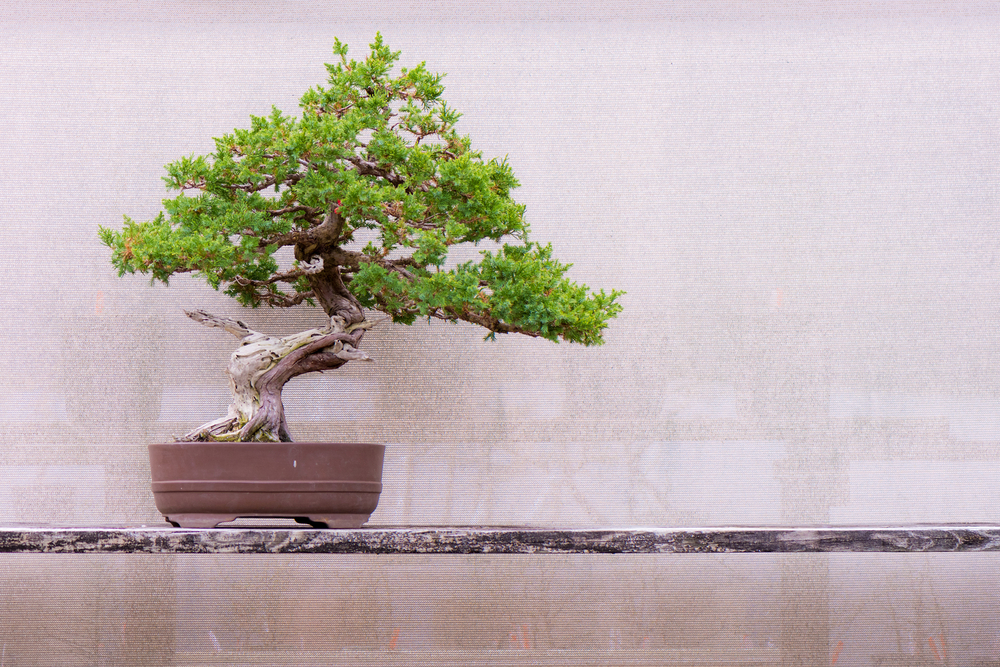
Juniper Bonsai trees are a popular choice for beginners due to their resilience and ease of care. These trees can grow to about 12 to 36 inches tall, depending on how much space they have to grow. Junipers require full sunlight, so placing them outside is ideal for optimal growth. They thrive when watered consistently but should not be kept in overly wet soil.
Caring for a Juniper Bonsai involves ensuring it gets plenty of sunlight, especially during the growing season. Trim it regularly to maintain its shape and to encourage dense foliage. Junipers are very forgiving when it comes to pruning, making them an excellent choice for someone just learning how to shape a bonsai. They can tolerate a bit of neglect and still thrive, making them an easy tree to start with.
Chinese Elm Bonsai
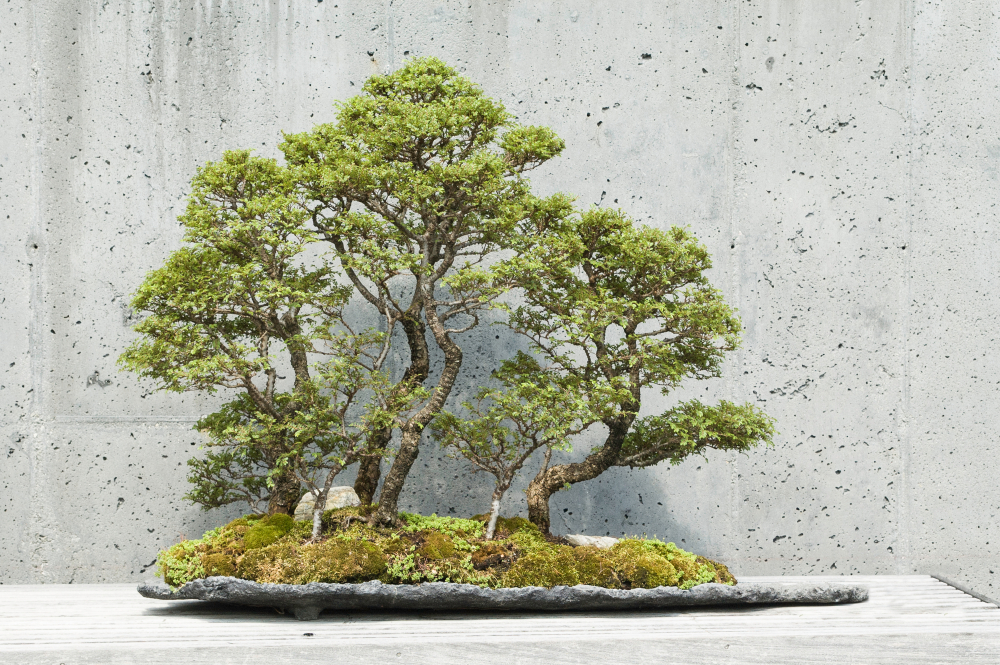
Chinese Elm Bonsai trees are great for beginners due to their hardy nature and ability to tolerate a variety of conditions. They can grow up to 18 inches tall, though they can be pruned to maintain a more compact size. These trees prefer bright, indirect sunlight, and they are adaptable to both indoor and outdoor environments. Regular watering is essential, but be sure to allow the soil to dry slightly between waterings.
To care for a Chinese Elm Bonsai, keep it in a spot with moderate humidity and avoid placing it in areas that experience extreme temperature fluctuations. It is important to trim the branches regularly to maintain the desired shape. Chinese Elms are tolerant of occasional pruning mistakes, making them a forgiving option for beginners. Their resilience and attractive leaves make them a popular choice among novice bonsai gardeners.
Jade Bonsai
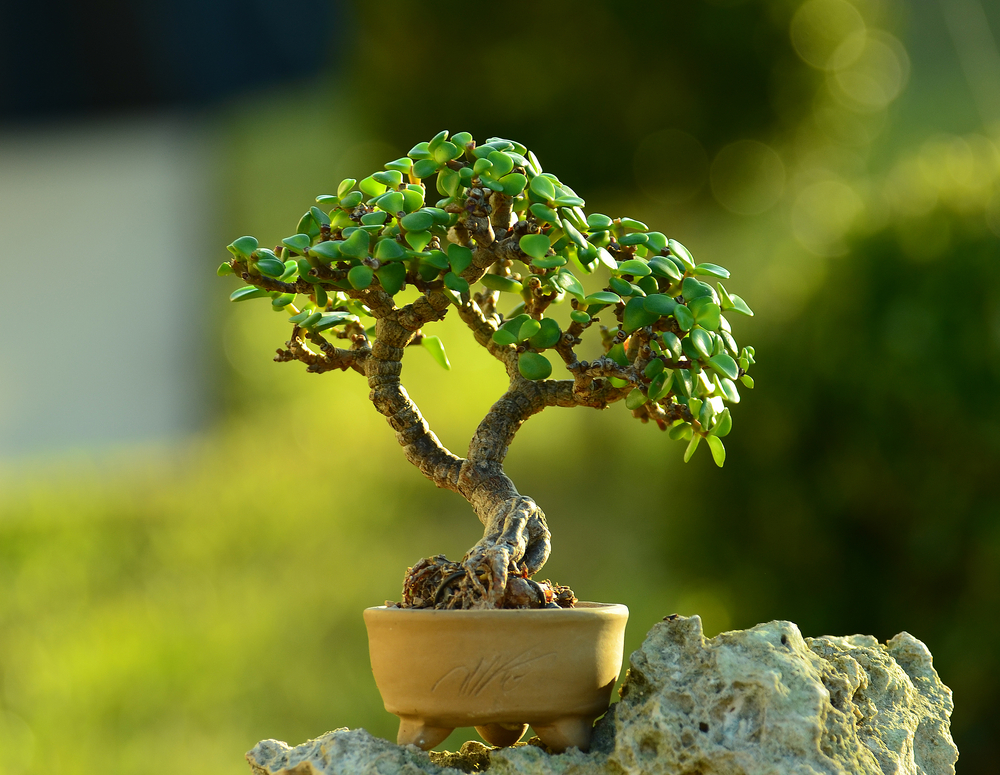
Jade Bonsai trees, also known as money trees, are known for their thick, fleshy leaves and easy maintenance. These trees generally grow to about 12 to 24 inches tall when kept as bonsai. Jade plants need a lot of sunlight and should be placed in a bright location with indirect light. They are drought-tolerant and do not require frequent watering, making them very low-maintenance.
Caring for a Jade Bonsai involves watering only when the soil is completely dry, as overwatering can lead to root rot. They prefer well-drained soil and can be pruned occasionally to maintain their shape. Since they grow slowly, they are perfect for those who want a bonsai tree with minimal upkeep. Jade Bonsai trees are ideal for beginners due to their tolerance of occasional neglect.
Pine Bonsai

Pine Bonsai trees are ideal for beginners because of their robustness and classic look. They can grow up to 12 to 36 inches tall, depending on their care and pruning. These trees need full sunlight and prefer a well-drained, slightly acidic soil. Regular watering is important, but care should be taken to avoid waterlogging, which can damage the roots.
To care for a Pine Bonsai, keep it in a spot where it can receive direct sunlight for at least four hours a day. Regular pruning will help maintain its compact size and encourage the development of strong, healthy branches. Pines need to be watered thoroughly when the soil is dry, but make sure the water drains well. They are hardy and adaptable, making them a good choice for beginner bonsai enthusiasts.
Boxwood Bonsai
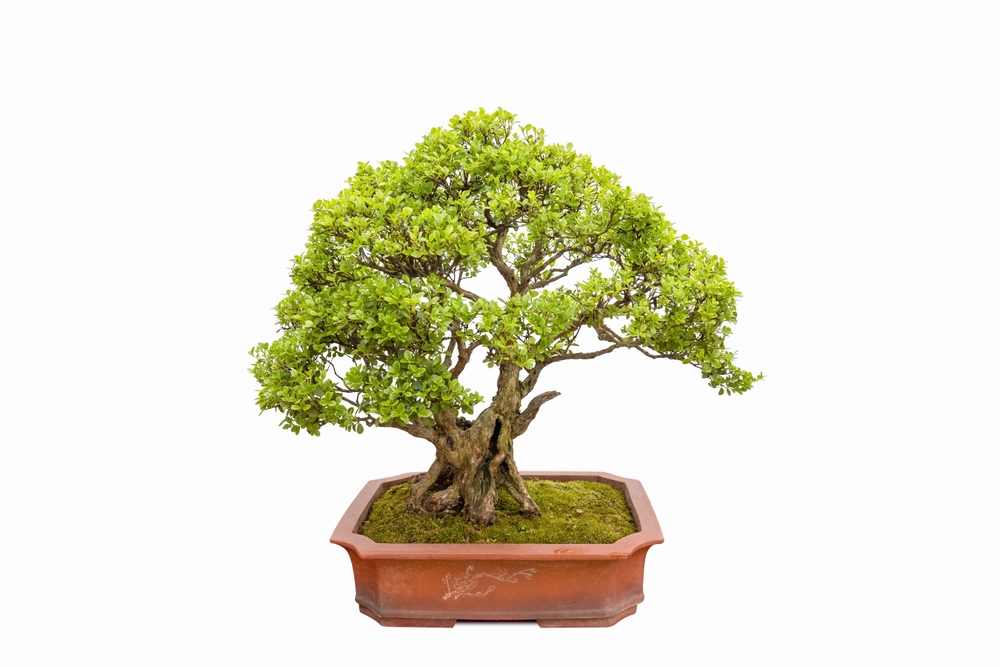
Boxwood Bonsai trees are ideal for beginners due to their adaptability and ability to thrive in both indoor and outdoor settings. These trees generally grow up to 12 to 18 inches in height, making them manageable for small spaces. Boxwoods prefer partial to full sunlight and require well-drained soil to thrive. They can withstand a variety of conditions, making them an easy tree to care for.
Boxwood Bonsai trees need regular watering, but care should be taken to avoid keeping the soil too wet. They benefit from occasional trimming to maintain their shape and density. Boxwoods are tolerant of pruning mistakes, making them a forgiving option for beginners. Their dense foliage and easy care make them a great starting point for anyone new to bonsai.
Japanese Maple Bonsai
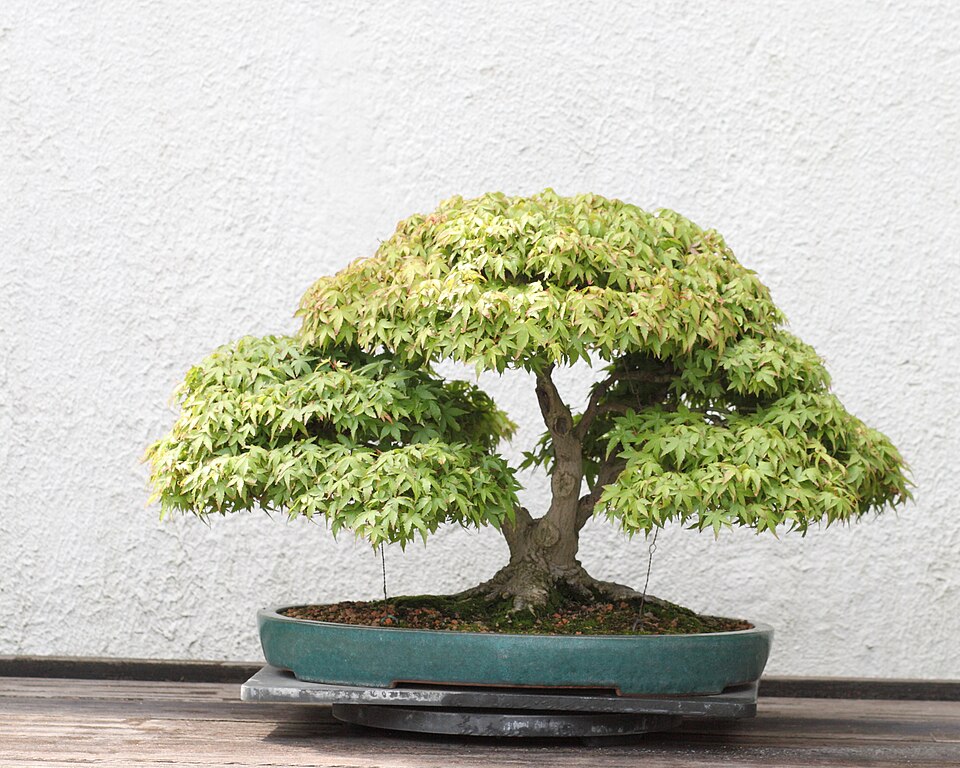
Japanese Maple Bonsai trees are perfect for beginners who want to work with a more ornamental tree. These trees can grow to about 12 to 24 inches tall and are known for their delicate, lacy leaves that turn vibrant colors in the fall. Japanese maples prefer partial shade and well-drained, slightly acidic soil. They require regular watering and should be kept in a place with moderate humidity.
To care for a Japanese Maple Bonsai, ensure it is placed in a location with indirect sunlight, as too much direct sunlight can scorch its leaves. Water regularly to keep the soil moist but not waterlogged. Pruning should be done carefully to maintain the tree’s shape, and dead or damaged branches should be removed. Their beautiful foliage and easy care make them a great option for beginner bonsai gardeners.
Fukien Tea Bonsai
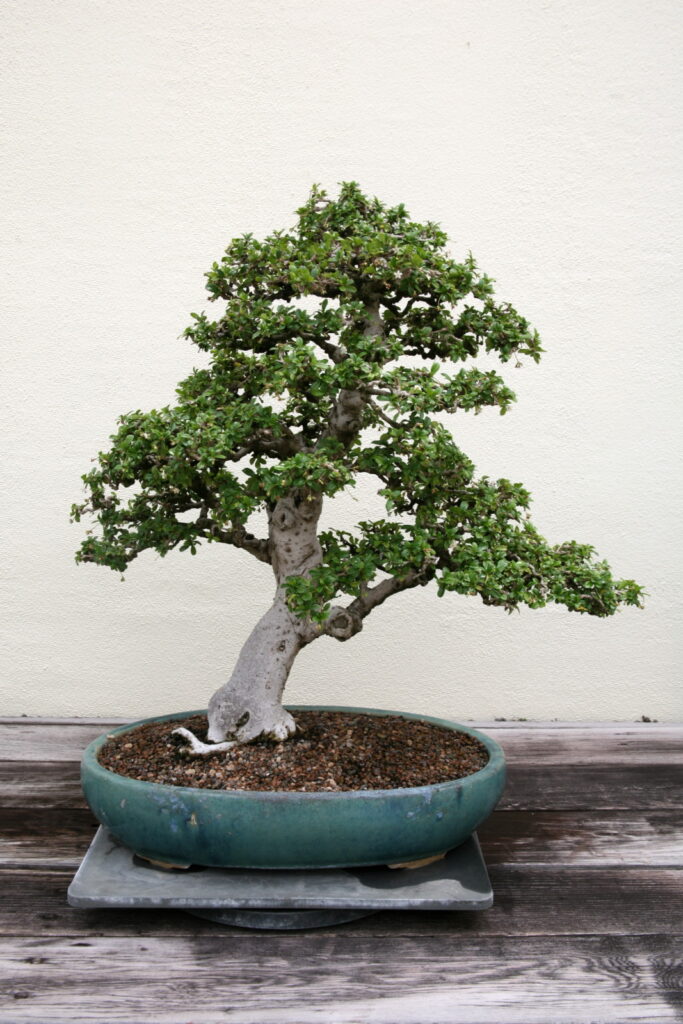
Fukien Tea Bonsai trees are an excellent choice for beginners due to their hardiness and ability to adapt to indoor environments. They typically grow to 12 to 24 inches tall and have small, glossy leaves that make them visually appealing. These trees need bright, indirect light and a warm temperature to thrive. Regular watering is important, but be sure to let the soil dry slightly between waterings.
Caring for a Fukien Tea Bonsai involves keeping it in a warm, humid environment and providing consistent, moderate watering. These trees benefit from occasional pruning to maintain their shape. The Fukien Tea Bonsai is relatively low-maintenance and can tolerate some neglect, making it perfect for beginners. With its compact size and attractive appearance, it is a popular choice for those new to bonsai.
Sago Palm Bonsai
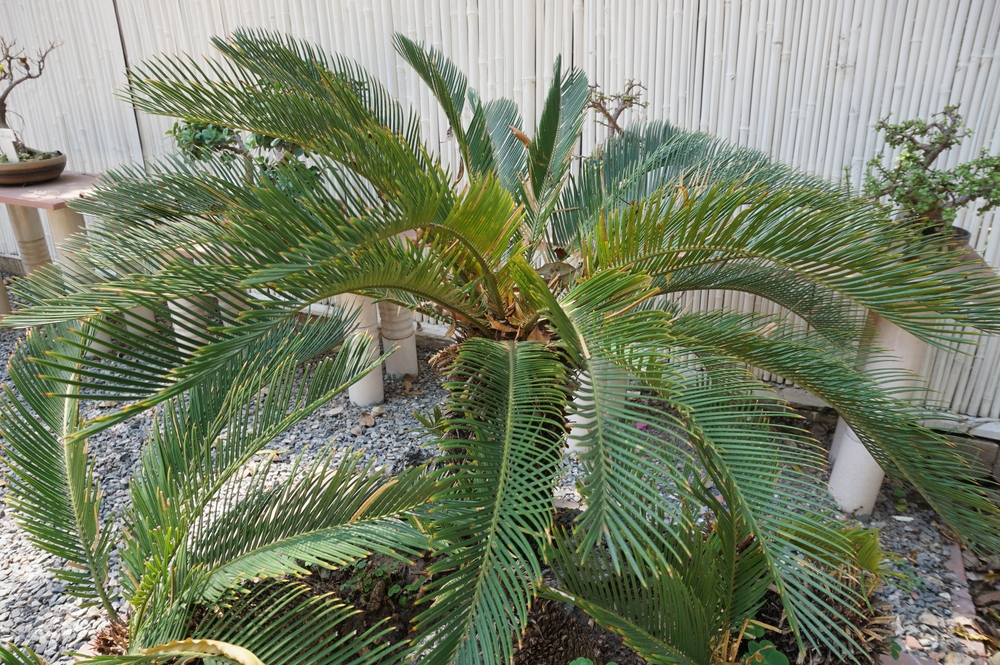
Sago Palm Bonsai trees are another great option for beginners, thanks to their easy care and unique appearance. These trees typically grow up to 12 to 24 inches tall and have a distinctive, feathery look. They thrive in bright, indirect light and prefer well-drained, sandy soil. Sago palms are drought-tolerant and do not need frequent watering, making them low-maintenance.
To care for a Sago Palm Bonsai, water it thoroughly when the soil is dry but avoid overwatering. It is important to keep the tree in a warm spot with good airflow. Pruning is minimal, as these plants have slow growth and require little shaping. Their unique foliage and low maintenance make them a perfect choice for beginners.
Serissa Bonsai
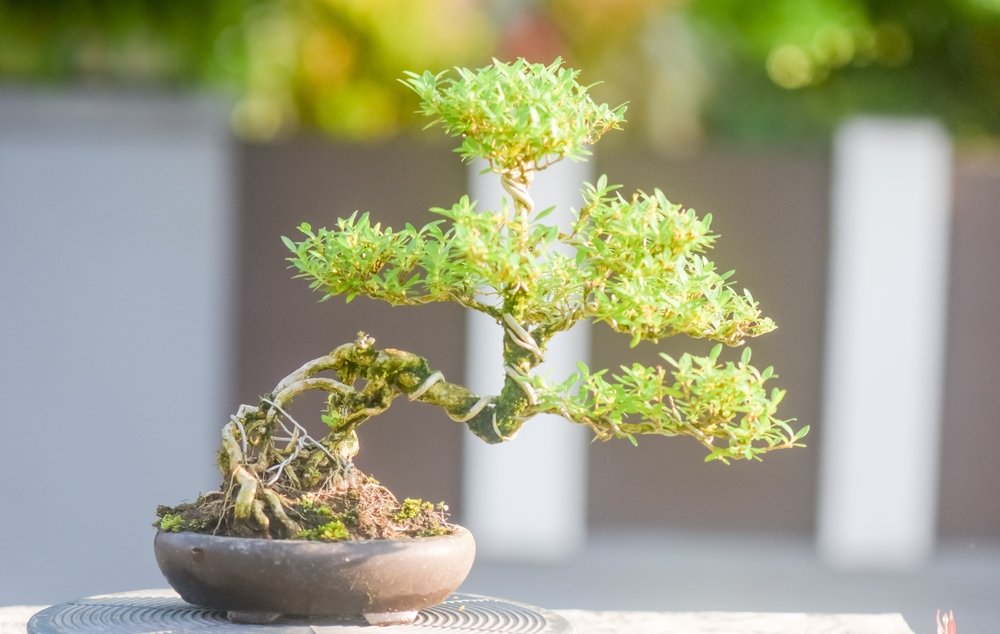
Serissa Bonsai trees are ideal for beginners due to their manageable size and easy care. These trees typically grow up to 12 to 24 inches tall and are known for their small, fragrant white flowers that bloom in spring. Serissas prefer bright, indirect sunlight and need regular watering to keep the soil slightly moist. They thrive in a humid environment, so misting the leaves can be beneficial.
Caring for a Serissa Bonsai involves regular pruning to maintain its shape and remove dead or damaged leaves. It is important to keep the tree in a location with consistent temperature and humidity. Serissas are relatively low-maintenance and can handle occasional neglect. Their beautiful flowers and compact size make them an attractive addition to any bonsai collection.
Cedar Bonsai
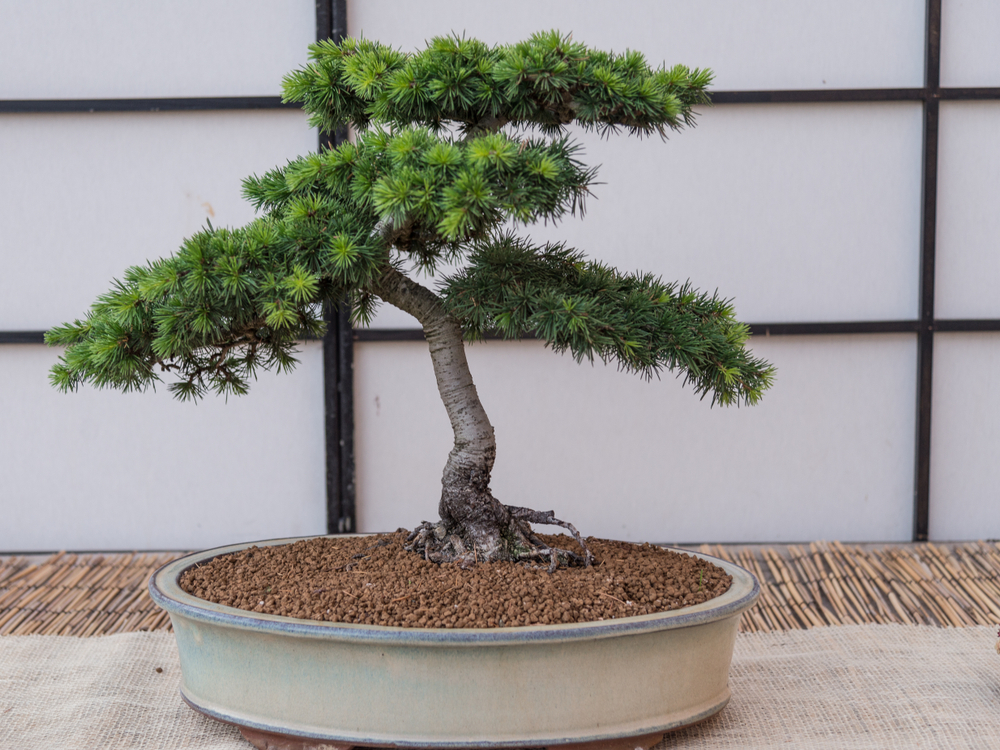
Cedar Bonsai trees are perfect for beginners due to their resilience and ability to adapt to different environments. These trees grow up to 12 to 36 inches tall and have a distinctive, aromatic scent. Cedars require full sun and well-drained soil for optimal growth. They are tolerant of drought conditions once established, making them an easy option for busy gardeners.
To care for a Cedar Bonsai, provide it with direct sunlight for at least four hours a day. Water the tree regularly, but ensure the soil is well-drained to prevent root rot. Cedars require occasional pruning to maintain their shape and to promote new growth. They are a low-maintenance tree, making them ideal for beginners looking for a hardy bonsai.
Bald Cypress Bonsai
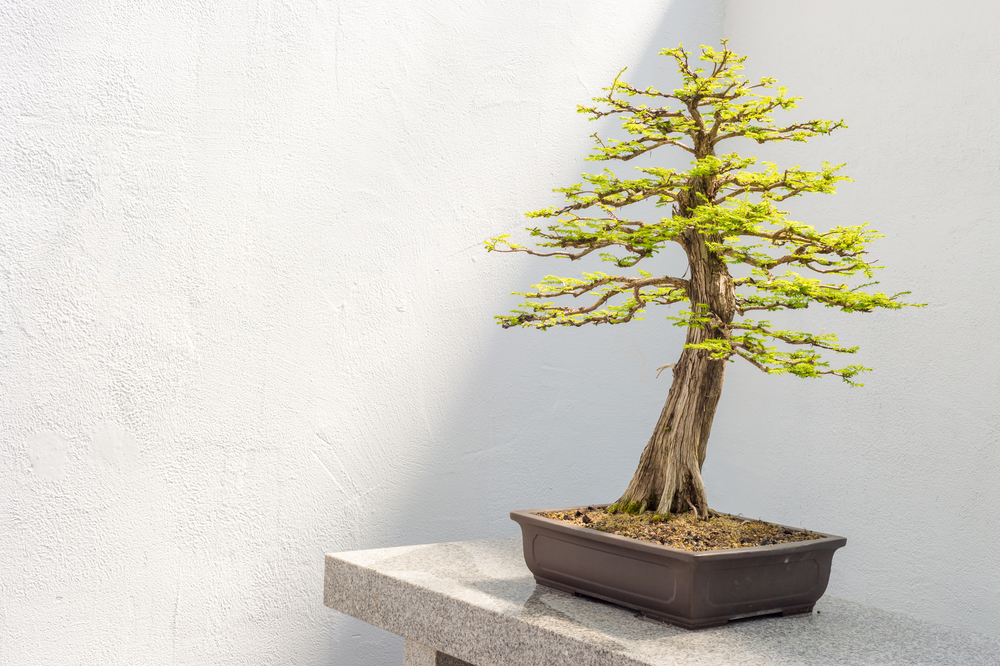
Bald Cypress Bonsai trees are perfect for beginners who want a tree that is both beautiful and easy to care for. These trees typically grow up to 12 to 24 inches tall and have unique, feathery green leaves that turn golden in the fall. They prefer moist soil and can tolerate being watered frequently. Bald cypress trees also thrive in both sun and partial shade, making them adaptable for different garden settings.
To care for a Bald Cypress Bonsai, keep it in a well-drained pot and ensure it receives regular waterings, especially during hot weather. These trees can be pruned to maintain a compact size and encourage strong growth. Bald cypress bonsais are great for beginners due to their hardy nature and ability to thrive with basic care. Their stunning seasonal color changes make them a unique addition to any bonsai collection.
Olive Tree Bonsai
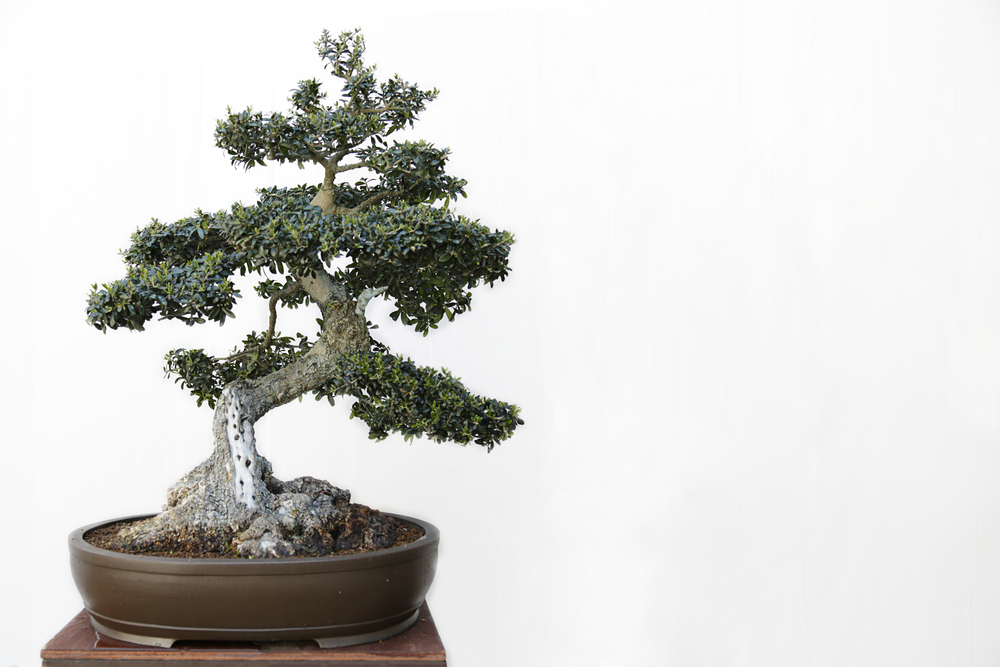
Olive Tree Bonsai is a great choice for beginners due to its hardy nature and unique silver-green leaves. These trees grow up to 12 to 18 inches tall and are perfect for both indoor and outdoor settings. Olive trees prefer full sun and well-drained soil, with moderate watering required. They are drought-tolerant once established, making them easy to maintain.
To care for an Olive Tree Bonsai, ensure it receives at least four hours of sunlight daily and water it only when the soil is dry. These trees can be pruned to maintain their shape, and they respond well to regular trimming. Olive trees thrive in warm conditions, so they are ideal for homes with plenty of sunlight. Their unique look and low-maintenance care make them perfect for beginners.
Bonsai trees are a wonderful way to introduce tranquility and beauty into your space. Their manageable size makes them perfect for both small and large gardens, and their easy care requirements make them ideal for beginners. The variety of bonsai species means there is something for everyone, regardless of skill level. By selecting a suitable tree and following the right care instructions, you can enjoy the art of bonsai for years to come.
This article originally appeared on Avocadu.
